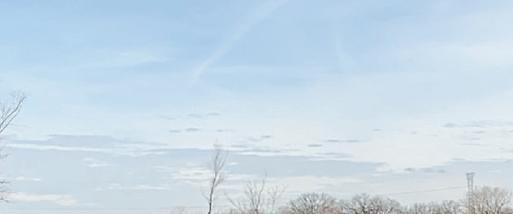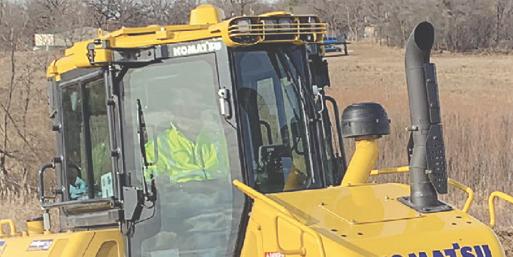
1 minute read
Mammoet Installing New Roof ‘Cassettes’ in Portland

The Portland International Airport (PDX) has contracted Mammoet for its main terminal expansion project that will see the installation of 20 roof panels.


The German-based firm specializing in engineered heavy lifting and transport of large objects will help the airport nearly double the size of its main terminal.


A key component of this expansion is the construction of a new, seismically isolated wood structure over the central area of the airport. The roof, crafted mainly from regionally and sustainably sourced wood, has been fully prefabricated between the active runways of the airport over the course of a year. Prior to being moved, the roof panels were disconnected into approximately football field sized pieces to be transported to the new terminal expansion.
Mammoet was responsible for jacking up, transporting and installing 20 roof panels of five distinct types at the airport — all while avoiding passenger disruption.
To date, Mammoet has placed 16 panels to wrap up phase one of the project. Four additional panels will be installed in 2024 during phase two.
Depending on the type of panel, each was launched, rolled into place, set directly with self-propelled modular transporters (SPMTs) or lifted with a crane into its final position.
The panels vary in weight with a minimum of 80,000 lbs. with dimensions up to 236 ft. by 164 ft. by 19.6 ft. Mammoet used four towers of Mega Jack 800 to jack up the roof panels to approximately 55 ft. to allow SPMTs with falsework to be driven underneath each roof section. At midnight on the day of each move, the runways were closed for the 1-mi. transport of the panel from laydown yard to terminal. The roof sections were moved with care at a speed of approximately 1 mph.
Most panels needed to be installed over the top of populated areas of the existing terminal building. With safety at the forefront of the entire project, work was done during strict overnight closures when the public could be kept clear of the work area. Once the area was verified to be clear of all see ROOF page 8




























